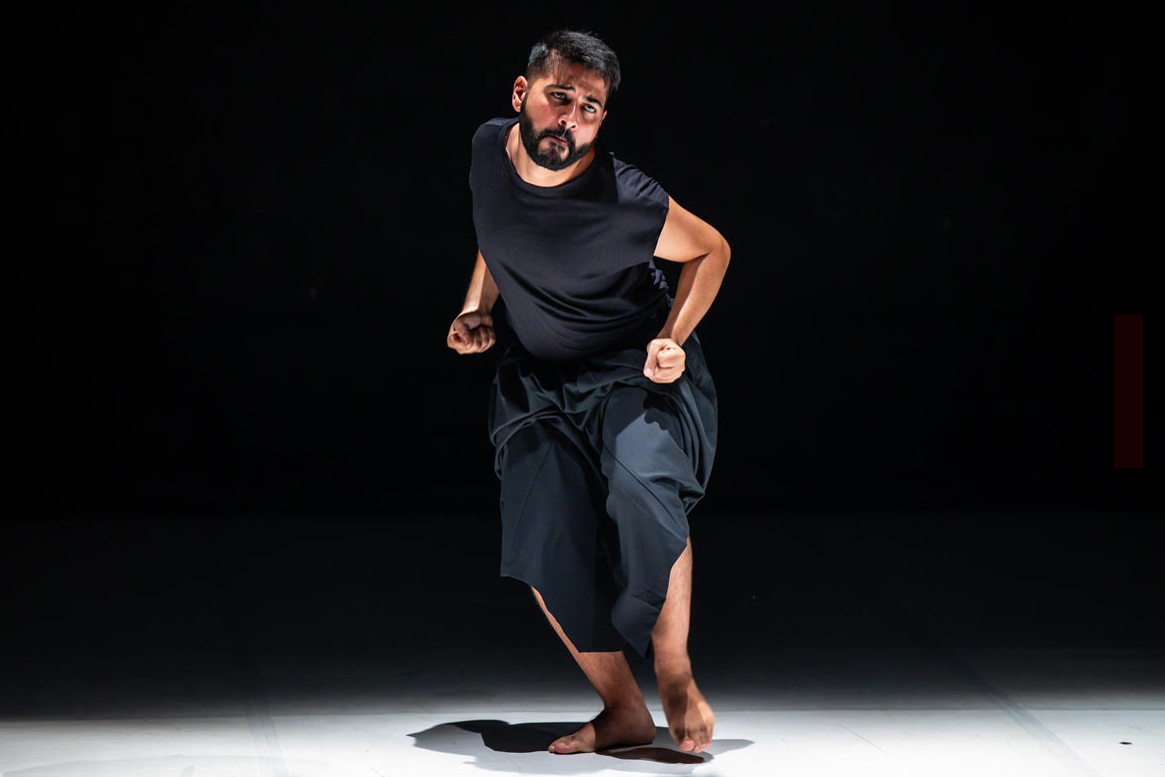Flamenco Negro (Black Flamenco)Fernando López & Germain Boungou

Flamenco Negro takes as its starting point flamenco tango, a song of Afro-Cuban origin, also known as American tango or Black tango. Tango was created on the margins of Havana by people of African descent (many of them still enslaved), arrived in Spain in the 19th century and was gradually transformed to give rise to flamenco tango.
Despite the success of this dance as soon as it arrived on the Iberian peninsula, some dance instructors decided to sanitise and transform its choreographic postures and gestures, deeming them too explicit and indecent to be presented on stage or at public events before a bourgeois audience. And so tango gradually lost its Afro-Cuban references, while maintaining its links to the lower social classes, being danced by gypsies and other citizens who never belonged to high society.
This stage offering is a hybrid of contemporary dance, traditional flamenco, live singing and audiovisual projections. It thus allows us to travel in time, to view with humour the musical heritage of the 19th century, and understand how this flamenco tango ultimately became a tool of empowerment for certain "swarthy-skinned" neighbourhoods, such as Triana (in Seville) and Sacromonte (in Granada).
Concept, choreographer, direction: Fernando López. Performance: Germain Boungou, Fernando López. Music: VVAA. Audiovisuals, photography: Tándem 579 / Eric van Nieuwland. Costumes: La Heaty. Distribution: Alex Pujol. With the support of: Centro Coreográfico Canal (Madrid); Residencias 2+2 BenAmil/Espai Inestable, (Valencia); Culture Moves Europe; Centre National de la Danse (Lyon); Association de Chercheurs en Danse (France).